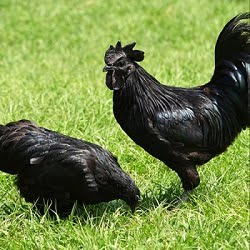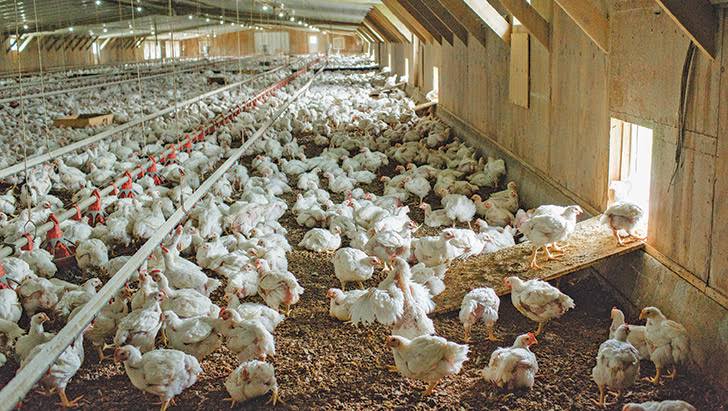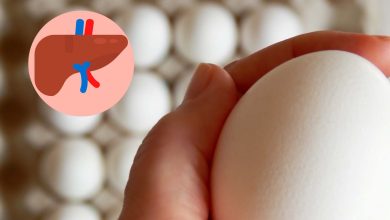Importance of Synbiotic Application in Hatchery on Day 1
Dr. Sanjay Gapat-Sr. Product Manager, Alivira Animal Health Limited, Thane-Mumbai
During the perinatal period, newly hatched chicks undergo processing, vaccination and transportation, which introduces a gap in access to feed and water. This gap, referred to as the hatching window, reduces the potential for microflora inoculation and as such, prevents proper microbiome, gastrointestinal system and innate immunity development. Current research shows that the functioning of the liver, fatty tissue, kidney, and pancreas can be affected by disorders of the intestinal microflora. Consequently, the industrial production of chickens with a poor microbial profile leads to enteric microbial infestation and infectious disease outbreaks, which became even more prevalent after the withdrawal of antibiotic growth promoters.
Under natural conditions, chicks hatch in very close proximity to the mother hen, which allow them to eat and drink as soon as they are hatched. Microflora from the mother hen also colonises the gastrointestinal tract (GIT) of these young chicks. Early feeding and microflora colonisation have very positive effects on bird’s performance and the maturation of the bird’s immune system.
When birds hatch, their GIT is anatomically but not functionally complete. For the function to fully mature, young birds need early access to feed and water as soon as they hatch, as happens under natural conditions. It is noteworthy that the GIT has about 65- 70% of the birds’ immune system. This means that in addition to the digestive and absorptive functions, the GIT is also considered the major immune organ in birds. Birds are hatched with incomplete immune systems that take about three weeks to fully develop.
Poultry production under modern husbandry practice does not allow newly hatched chicks to come into contact with mother hens. This lack of contact slows the development of GIT microflora and the immune system. Another point worth mentioning is that in addition to the time chicks spend in the hatcher, which could take up to one-and-a-half days, chicks might take up to two or three days until they reach the production farm. The delay in feeding and drinking delays the maturation of their digestive and immune system. Besides the lack of the GIT microflora establishment, this opens the door to pathogen colonisation in the gut, making the chicks susceptible to disease and preventing them from achieving their genetic potential.
- Synbiotic (like Chick-Pro:Probiotic,Prebiotic & Yeast) application has a very important role in the quick development and establishment of GIT microflora and its role in re-establishing microflora after the therapeutic use of antibiotics. Not only this, but synbiotic application also helps greatly in the rapid maturation of the immune system, which helps birds respond better to vaccines and also defend themselves against infections. Probiotics strengthen the immune system quickly, thus enabling newly hatched chicks to fight infection.
Applying synbiotic in hatcheries on day one is very important for lifetime performance. Synbiotic application at hatchery level improves Body weight gain, Feed efficiency, Carcass traits-weight & yield, Meat quality, Vaccine performance, Gut Health , Immunity and also reduces early chick mortality . The increase in enzyme activity at early stage related to the delivery of additional portions of the enzyme by probiotic bacteria living in the intestine, which causes an improvement in nutrient digestibility and an increase in body weight.
Synbiotic application at hatchery on day one also significantly increases the yolk sac resorption rate in newly hatched chicks. yolk sac is the major source of immunoglobulins contributing to the passive immunity in newly hatched chicks, faster yolk sac resorption results in the greater transfer of maternal antibodies into the chicks’ blood stream. Also, the yolk sac is essential for the initiation of early growth.
Similar in the case of short-chain fatty acids production, after application of synbiotic there is an remarkable improvement in concentration of SCFA in the ceca of broiler chickens, expressed by a higher molar percentage of butyrate, propionate and valerate, especially in older birds (21 and 35 days post-hatching) which ensures the sound gut .Continued application at the farm level is equally important because of frequent changes in the GIT microbial profile due to feed changes, infection or stress.
References:
1.The application of probiotics in the hatchery by Wael Abdelrahman, International Hatchery Practice, Volume 29 Number 1
2.Prebiotics and Synbiotics – in ovo delivery for improved lifespan condition in chicken by Siwek et al. BMC Veterinary Research (2018) 14:402


